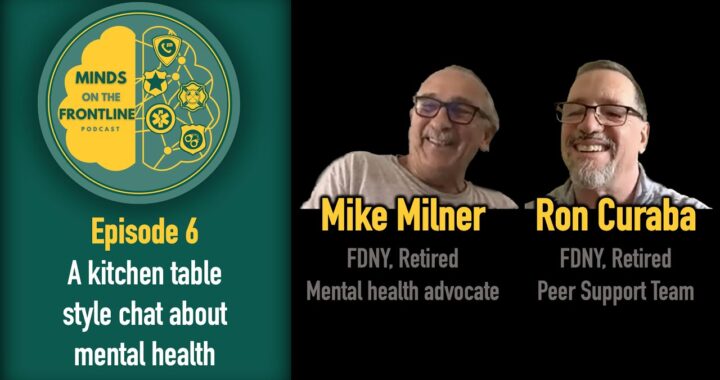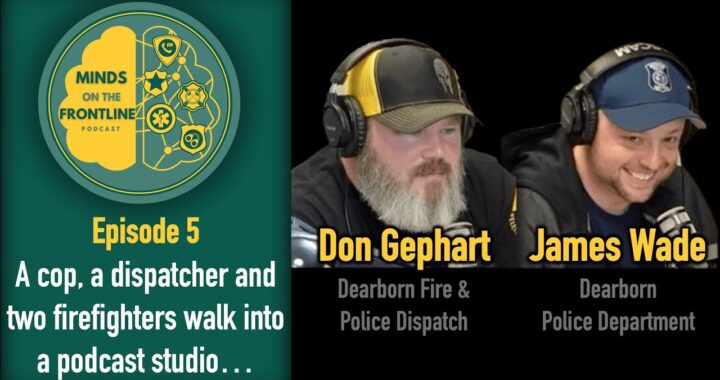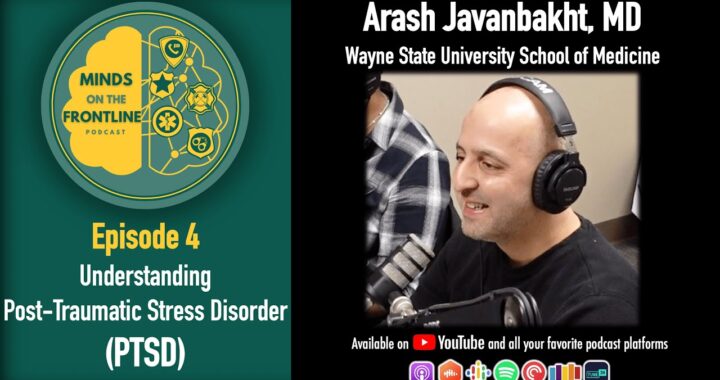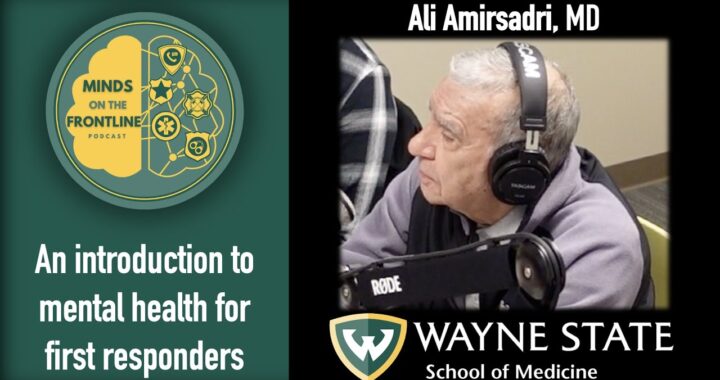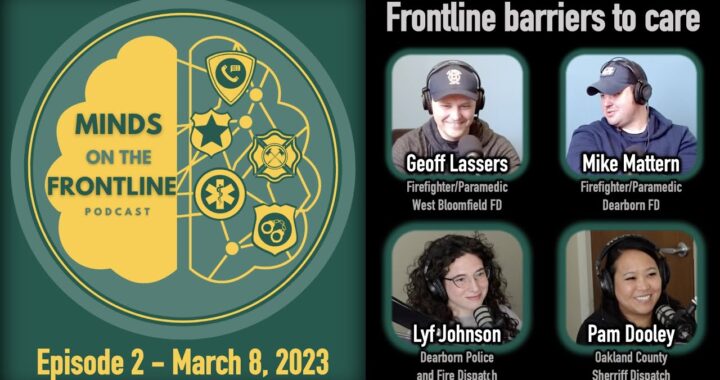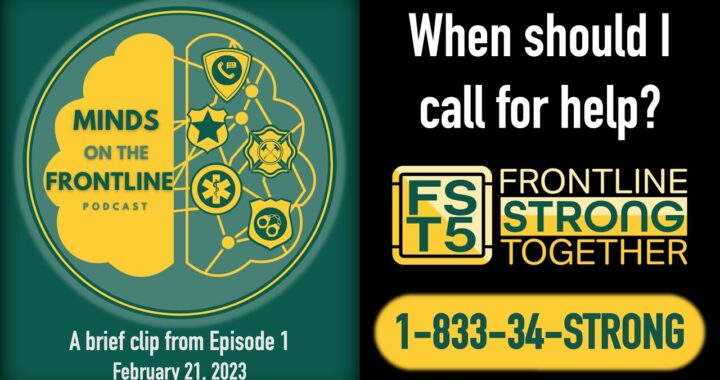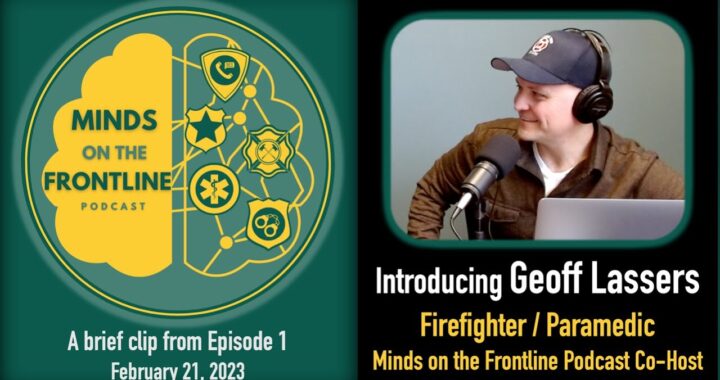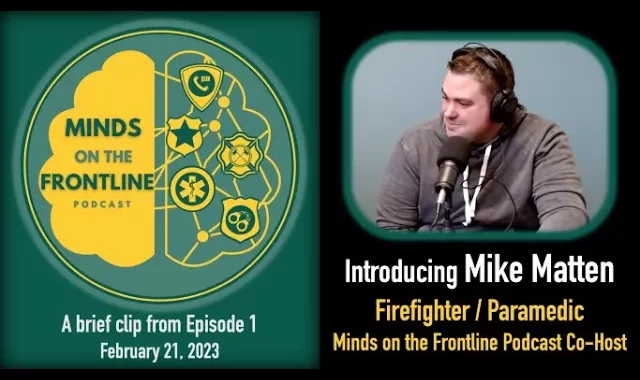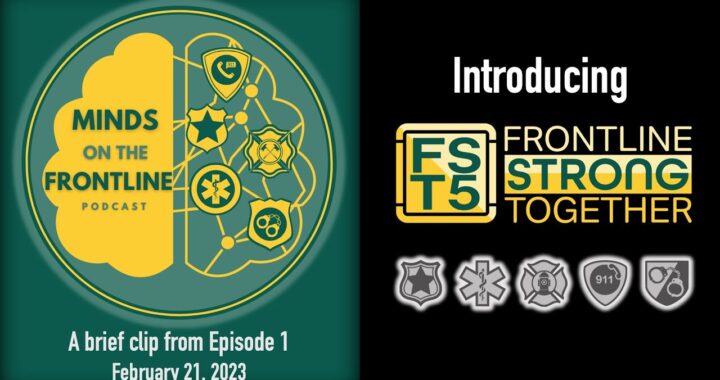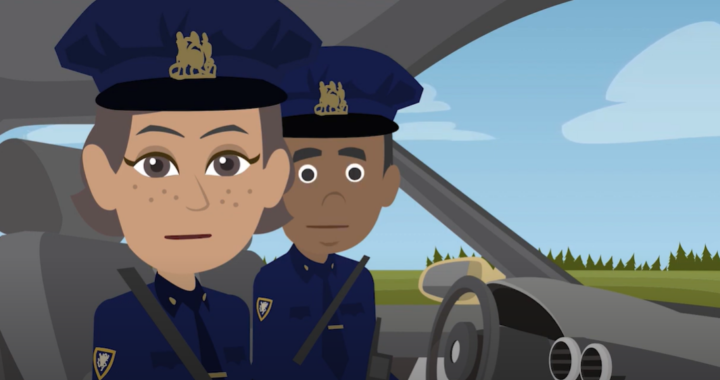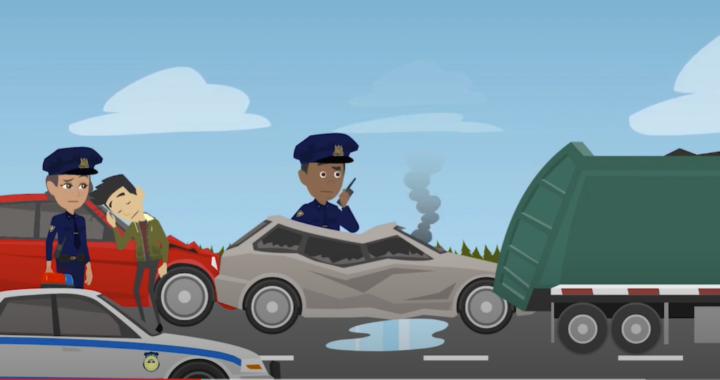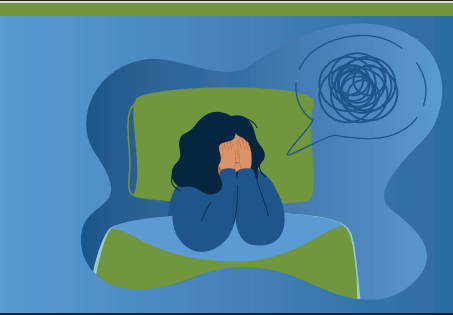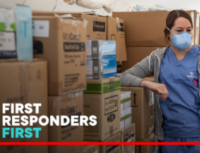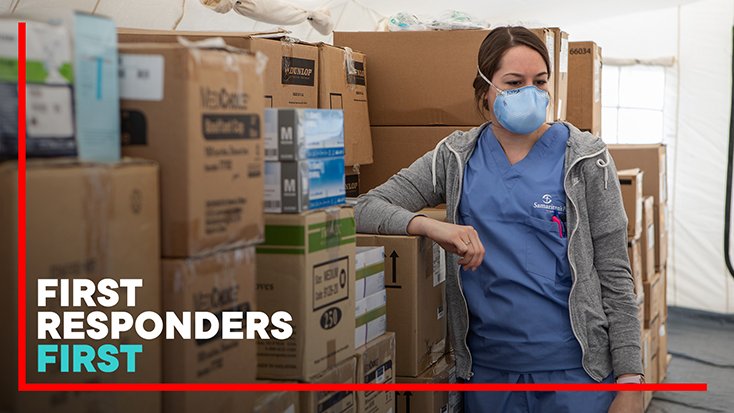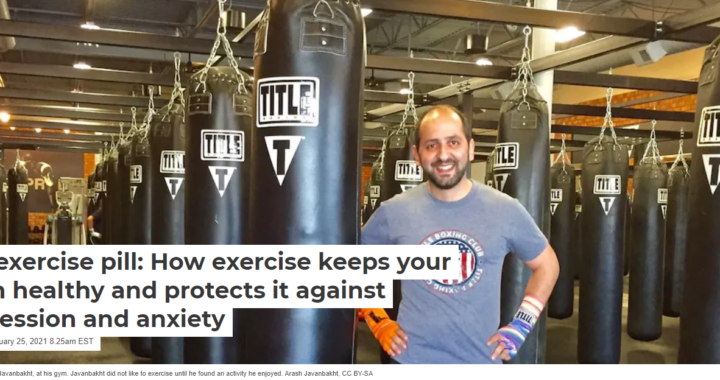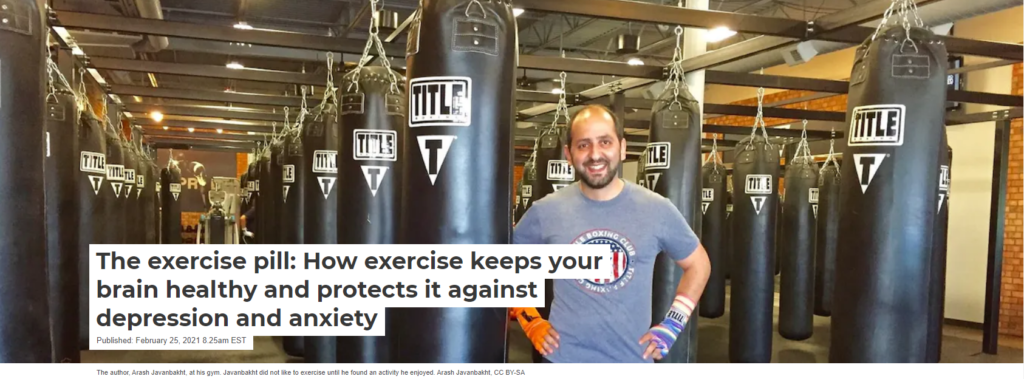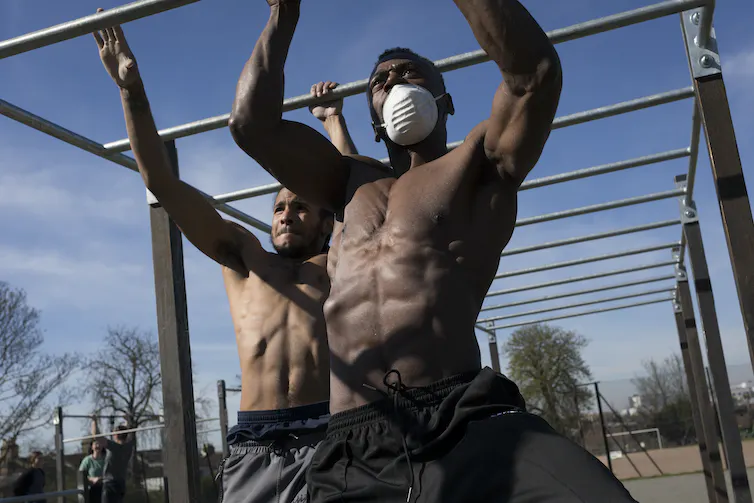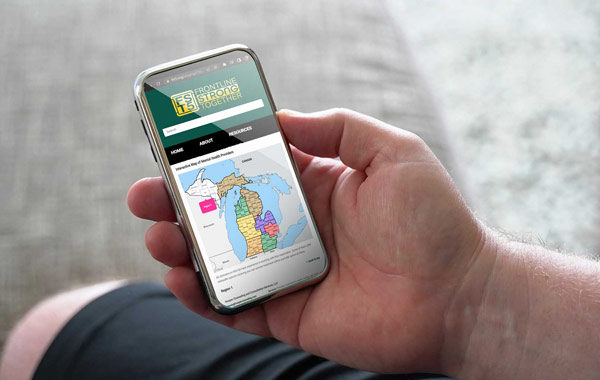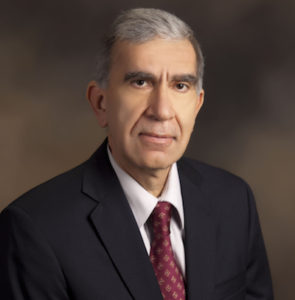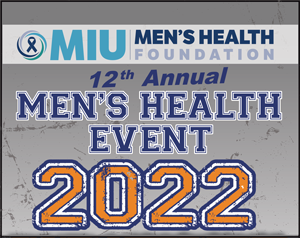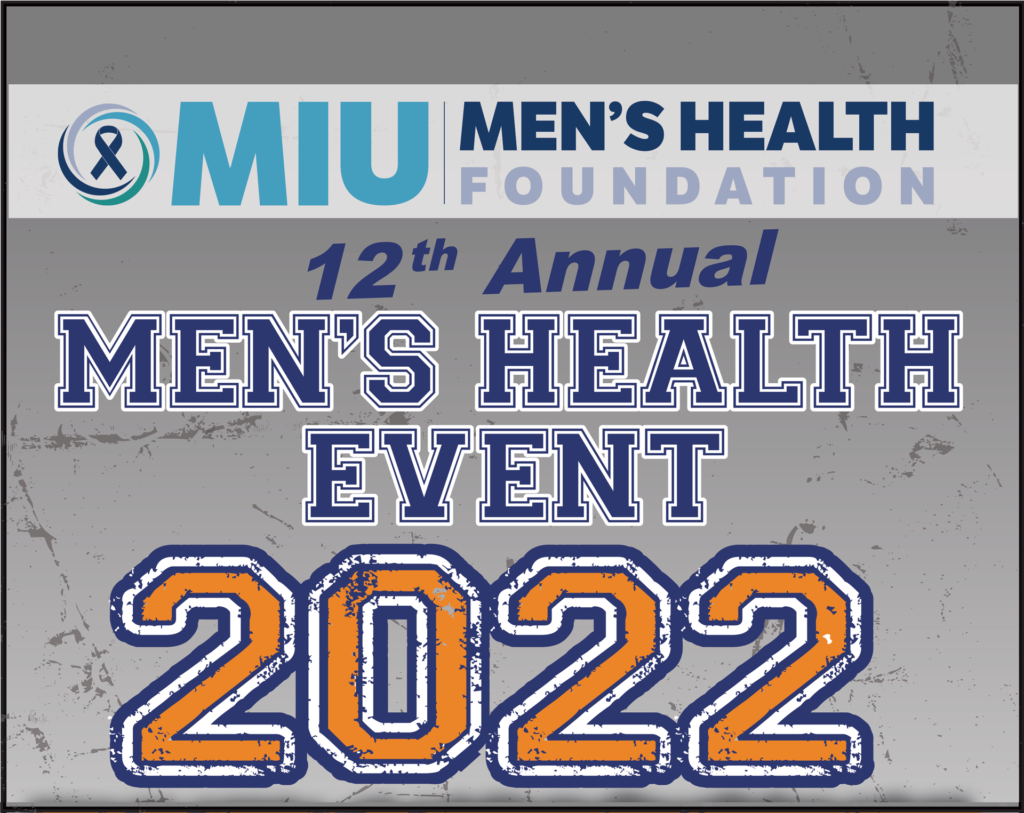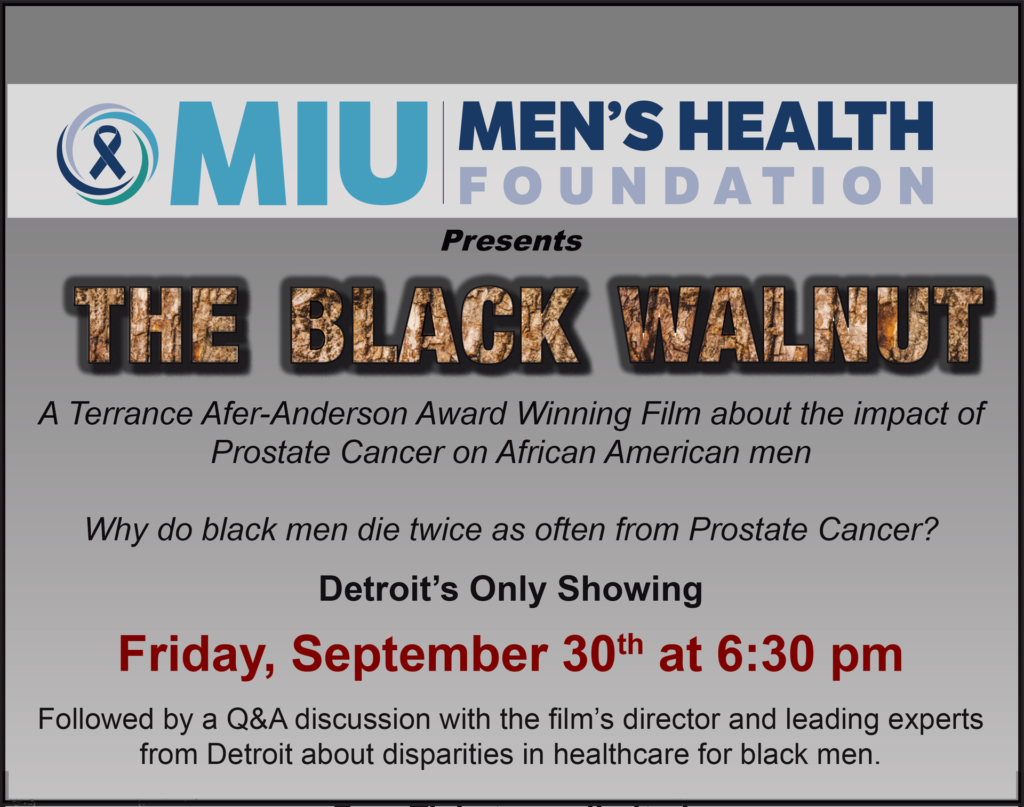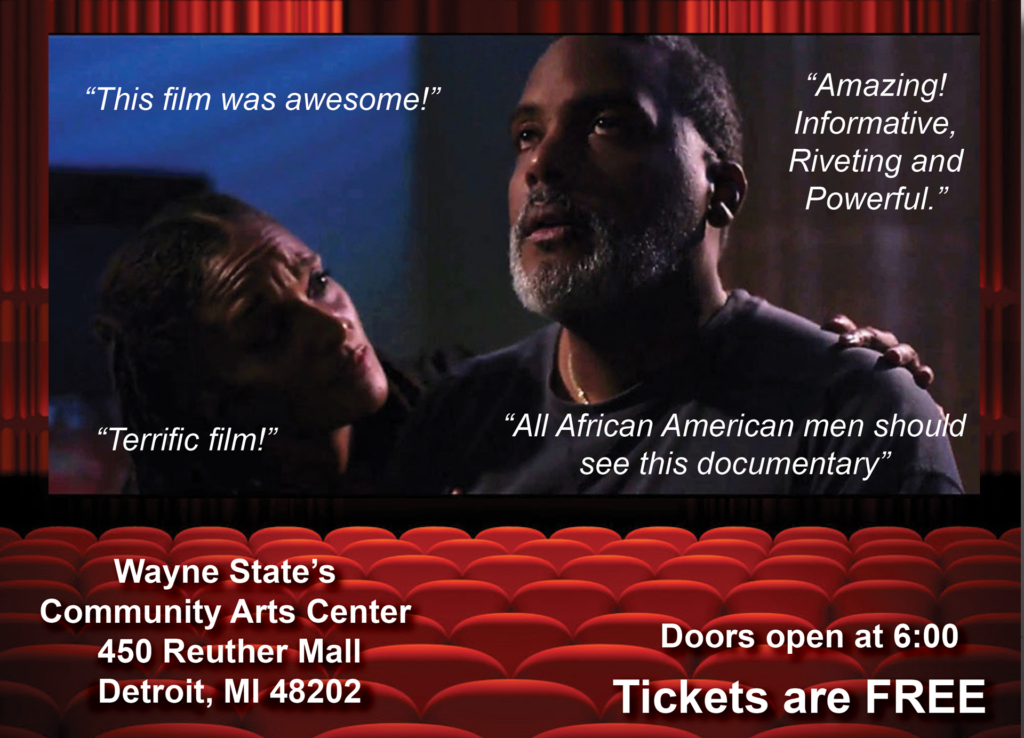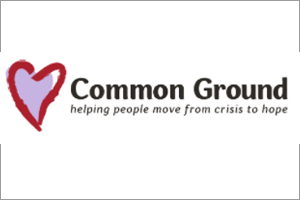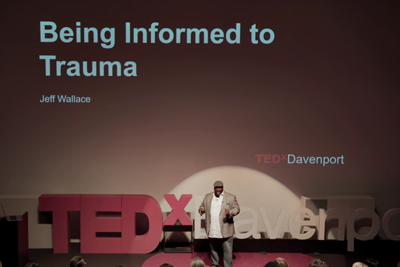Developing Effective and Safe Messaging for Suicide Prevention Month Strategy, Positive Narrative, Safety, Guidelines
How we publicly communicate and talk about suicide can have either negative or positive impacts on help-seeking behaviors. In fact, research has found that certain types of public messaging about suicide can increase risk among vulnerable individuals. On the other hand, communications can also be a powerful tool to promote resiliency, encourage help-seeking, and highlight effective prevention efforts.
The Action Alliance’s Framework for Successful Messaging, highlighted during the webinar Developing and Delivering Effective Suicide Prevention Messaging: We All Play A Role, outlines the key components to consider when messaging to the public about suicide, including: identifying a strategy, ensuring safety, conveying a positive narrative, and following applicable guidelines.
Strategy
The strategy component refers to the upfront thinking and planning that is done to help messages succeed and resonate with people. Some best practices when it comes to the strategy include:
Consider the who, what, when, where, why, and how of your message (e.g., who is my audience? what is my goal?).
Don’t start with a particular channel or message in mind.
Shift from ‘communicating for awareness’ to ‘communicating for action’ (e.g. include action steps your audience can take as a result of your message).
Safety
The safety component focuses on how to avoid potentially harmful messages and content. When it comes to safety, some best practices include:
Screen content before sharing it.
Be consistent in keeping safety in mind.
Be mindful of safety when sharing stories about individual suicide attempts or deaths.
Accurately convey suicide as a complex issue with no single cause (e.g., avoid messaging that implies there was a single cause, like bullying or PTSD, behind a suicide).
Highlight solutions, rather than problems.
Make sure data, if used, are strategic, safe, and prevention-focused (e.g., the number of people who sought help, or the number of people who reached out to support someone).
Use non-stigmatizing language (e.g., died by suicide instead of committed suicide).
Positive Narrative
The positive narrative component is focused on increasing the frequency of public messaging that promotes the positive aspects of suicide prevention. Some best practices for following a positive narrative include:
Highlight actions that people can take to help prevent suicide (e.g., how people can #BeThere for someone who is struggling).
Reinforce that prevention works.
Convey that resiliency is possible.
Share that effective programs and services exist, and help is available.
Avoid reinforcing negative stereotypes or misconceptions (e.g. avoid messages that focus on stigma, and instead share messages of hope, help-seeking, and resiliency).
Guidelines
Once your strategy is developed, it’s important to follow best practice guidelines. There are guidelines available for a variety of channels, settings, populations, and topics, which can be found here.
As you continue planning for Suicide Prevention Month (#SPM22) this September, utilize the Framework for Successful Messaging to ensure your messaging aligns with these evidence-based best practices and promotes hope and help-seeking.
Highlighting the Role of All Americans
The Action Alliance, in partnership with the American Foundation for Suicide Prevention, Education Development Center, Suicide Prevention Resource Center, and The Harris Poll, conducted a national survey to better understand the general public’s perceptions on mental health, suicide, and suicide prevention. According to the survey, Americans overwhelmingly (93 percent) believe that suicide can be prevented, and most (95 percent) would take action to help someone close to them who was thinking about suicide. In addition, in the wake of COVID-19, a majority of those surveyed say it’s more important than ever to make suicide prevention a national priority (81 percent).
However, the survey also found that most respondents identified barriers that keep them from discussing suicide with others (69 percent). These barriers included not knowing what to say (31 percent), feeling they don’t have enough knowledge (28 percent), or not feeling comfortable with the topic (19 percent).
These findings emphasize the importance of equipping all Americans with the necessary tools and resources to feel empowered to have these conversations, including providing the concrete, actionable steps they can take when it comes to suicide prevention. As we prepare for Suicide Prevention Month (#SPM22) in September, consider ways to encourage the public to be there for someone who might be struggling or is in crisis. Some examples of how someone can #BeThere include:
Check in with a friend by phone or text message to see how they are doing.
Invite a friend to meet for a physically-distanced coffee or meal together.
Send a handwritten card to let someone know you are thinking of them.
Learn the risk factors and warning signs.
Help connect someone who is struggling to professional care.
Share the National Suicide Prevention Lifeline Number (800-273-8255), which provides 24/7, free, and confidential support. For specialized care, military veterans may press ‘1.’
Note, starting July 16, 2022, those experiencing a suicide or mental health related crisis in the U.S. can call, text, or chat 988, which will connect folks to the existing Lifeline network of call centers. Learn more via: https://samhsa.gov/988.
Together, we are changing the conversation about suicide by countering myths and fear with information and action steps everyone can take. We all have a role to play in suicide prevention, not only during the month of September but all year long. To learn more, visit the Action Alliance’s #BeThere page.


